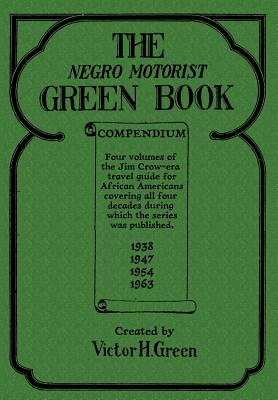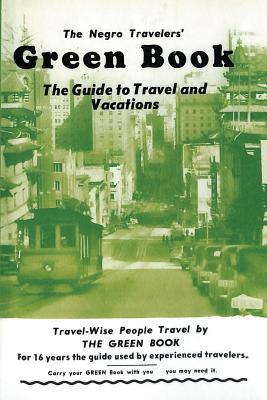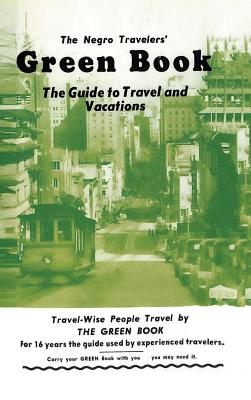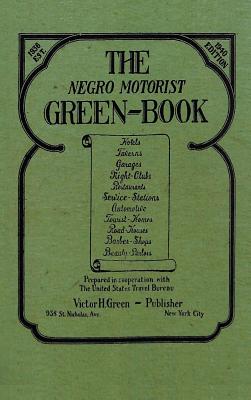
The Negro Motorist Green Book Compendium
| Quantity | Price | Discount |
|---|---|---|
| List Price | $19.99 |
$19.99
Book Information
| Publisher: | About Comics |
|---|---|
| Publish Date: | 01/11/2019 |
| Pages: | 314 |
| ISBN-13: | 9781949996067 |
| ISBN-10: | 1949996069 |
| Language: | English |
Full Description
You've heard the tales, you've watched the movie, but have you seen The Green Book?
During the dangerous days of Jim Crow segregation, it was difficult to be an African-American traveler, as hotels that would take you or restaurants that would serve you were few and far between. This was addressed by The Negro Motorist Green Book, an annual listing of lodging, diners, gas stations, and other businesses that could handle the needs of the Black customer. Created in 1936 by Harlem-based postman Victor H. Green, the Green Book served the public until after the passage of the Civil Rights Act in the 1960s ended legal segregation.
Original copies of the Green Book are now museum pieces, but in this book you can see all the articles, all the ads, and all the listings from four editions of the Green Book, one for each decade in which the series was published. The Negro Motorist Green Book of 1938 is an early example, covering only the states east of the Mississippi River, but also presenting articles on "The Automobile and What It Has Done for the American Negro" as well as driving tips. By 1947, the Negro Motorist Green Book had listings for 45 of the 48 states that then existed (there was nothing for Nevada, New Hampshire, or North Dakota), and that also included directories of the Negro colleges and newspapers of the day, as well as a look at the current models from Ford and GM, and some notes on automotive design of the future. By 1954, the title had changed to The Negro Travelers' Green Book, and the volume includes an article on the highlights of San Francisco (which was "fast becoming the focal point of the Negroes' future") and tourist guides to New York City and Bermdua. Finally, the Travelers' Green Book for 1963 through 1964 leads off with a state-by-state listings of rights against "jimcro" (Jim Crow segregation), plus it has "Guide Posts for a Pleasant Trip," a couple of cartoon-illustrated sidebars on Black history-makers, a listing of major league ballparks, and other useful items for the traveler.
Reprints of the Green Book published by About Comics have gotten coverage by Newsweek, the Guardian, and BBC News, and more. They are carried by major museums, and have been used by TV and film. Now you can get four editions in one convenient volume, and see why the New York Times called the Green Book a "beacon for Black travelers."






